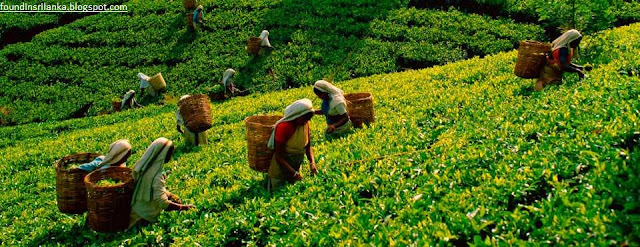Traditonal Sinhala Pickle
Ingredients :
1.
Cup
of vinegar 1/4
2.
400g
of raw papaya
3.
100g
of red onion
4.
50g
of small green chilies
5.
100
or 150 grams of carrot and beans
6.
1
tablespoon of mustard
7.
1/4
turmeric for mustard past
8.
10
grams of Moringa bark
9.
Garlic
10. Pepper
11. A
small piece of raw ginger
12. 1/4
cup of vinegar to boil the ingredients
13. Turmeric
1/4 Tbsp
14. Taste
of salt
How to make :
Mix together mustard, salt, ginger, garlic and
turmeric powder. Then put the vinegar in a clay pot and boil it well. Then add
the red onion, carrots, beans, chilies and papaya in separate vinegar and boil
for about 30 seconds.
Then add the mustard and ginger mixture to the vinegar and
cook for about 2 minutes. Now remove the vinegar mixture from the pan and mix
all the pre-cooked vegetables and mix well.
Then put in a well-dried clean glass bottle or clay pot.
This is very tasty and smells good.
When making pickles, it is very important to use a clay pot. Similarly, if you use a wet spoon, this can be use for about 5-6 months.














